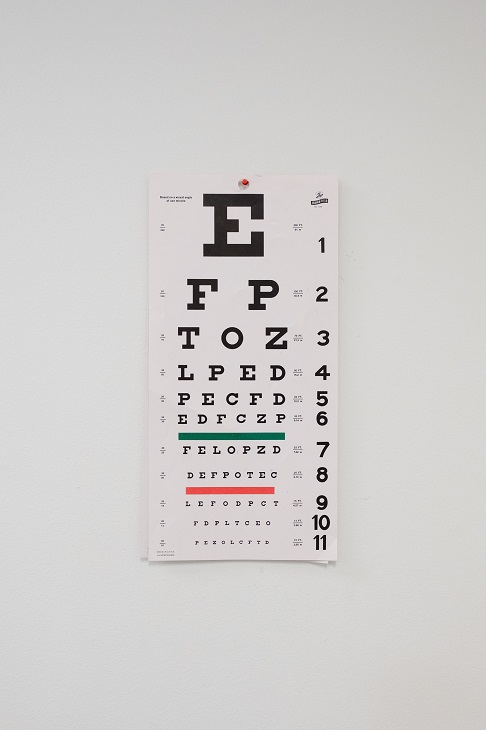4 Things You Should Know About Disabled Parking If You’re Visually Impaired

Disabled parking permits allow those with disabilities to navigate the world and get where they need to go. When most people think of those who use disabled parking permits, they tend to think of those with mobility issues, but the truth is that many different disabilities qualify a person to use a disabled parking permit – including visual impairments.
If you’re visually impaired and ready to use your disabled parking permit, then here are a few things you need to know about disabled parking for visual impairment!
1. The Specifics Of Disabled Parking For Visual Impairment In Your State
While each state has different qualifications in order to be eligible for a disabled parking permit, many states consider limited vision to be a qualifying condition.
You should check with your local Department of Motor Vehicles (or whatever agency handles disabled parking permits) to see what the qualifications are, but most states require a visual acuity of 20/200 or less with corrective lenses, or a limited field of vision in the best eye that doesn’t allow for an angle greater than 20 degrees.
Keep in mind that even those who have vision impairments so severe they cannot drive are still eligible for a disabled parking permit. Having one would allow those who do drive you places to park closer to retail or business locations when you are with them. Disabled parking permits aren’t just for drivers, after all – they’re for passengers, too.

2. How To Get A Disabled Parking Permit When You’re Visually Impaired
If you have a visual impairment, you can easily get the process started for a disabled parking permit in your state. Check with the local DMV to see your state’s specific process, but in general you will need to:
- Have a doctor (or optometrist) verify your qualifying medical condition
- Make sure it is a qualifying condition within the state’s limits
- Get an application directly from the DMV office or go to their website to download one
- Complete the form with your health care provider
- Submit the completed application in person or by mail
Fees for disabled parking permits also vary by state. Some states do not charge anything, while other states may charge a small fee. You can find out this information through your local DMV.
3. How To Approach Handicap Parking When Visually Impaired
Parking lots can be a trouble spot for drivers with low visual acuity or issues with field of vision. Aside from the fact that you must sometimes fit into spots that feel tight, getting out of the spot once you’re in it can also be an issue.
If you have issues with vision, here are a few parking tips that can help:
- Choose a spot you can pull through. Selecting a parking spot you don’t have to back out of can be a good way to avoid accidents. Parking in a spot that allows you to pull through means you can more easily make a simple turn to get out of the parking spot.
- Use spots outside the primary aisles. The busiest aisles can be difficult to navigate for low-vision drivers, especially when pulling out of a parking spot. A spot off the main thoroughfare allows you to reduce the risk cross-traffic can impose.
- Choose spots by themselves. Another great tip is to park in spots that are not across from other parking spots. That way, you do not have to worry about another driver pulling out at the same time while also having to look out for cross-traffic.
These tips can be useful any time, but the best thing you can do is get and use a disabled parking permit. Disabled parking spots are not only close to the main entrance, but are often larger with a wider berth around them, making parking easier as well as getting in and out of the car.
Utilizing these spots will make parking much easier for those who are visually impaired, so it’s worth the time to go through the process of getting a permit to help you get around town.

4. The Best Cars For Visually Impaired Drivers
A car that is easy to navigate is a must for any driver with visual impairments. Large, unruly vehicles that can be difficult to navigate in tight situations are likely not a great choice, though what you are comfortable driving is up to you.
No matter what type of car you drive, you may want to invest in some extras to make it easier. Blind spot mirrors are inexpensive and an easy way to help improve your visibility when driving. Many cars also have blind spot detectors, back up mirrors, and collision warning systems. If it’s in your budget, it’s not a bad idea to invest in a car with these types of additions to make navigating with impaired vision a little safer.
Featured image by Marina Vitale on Unsplash